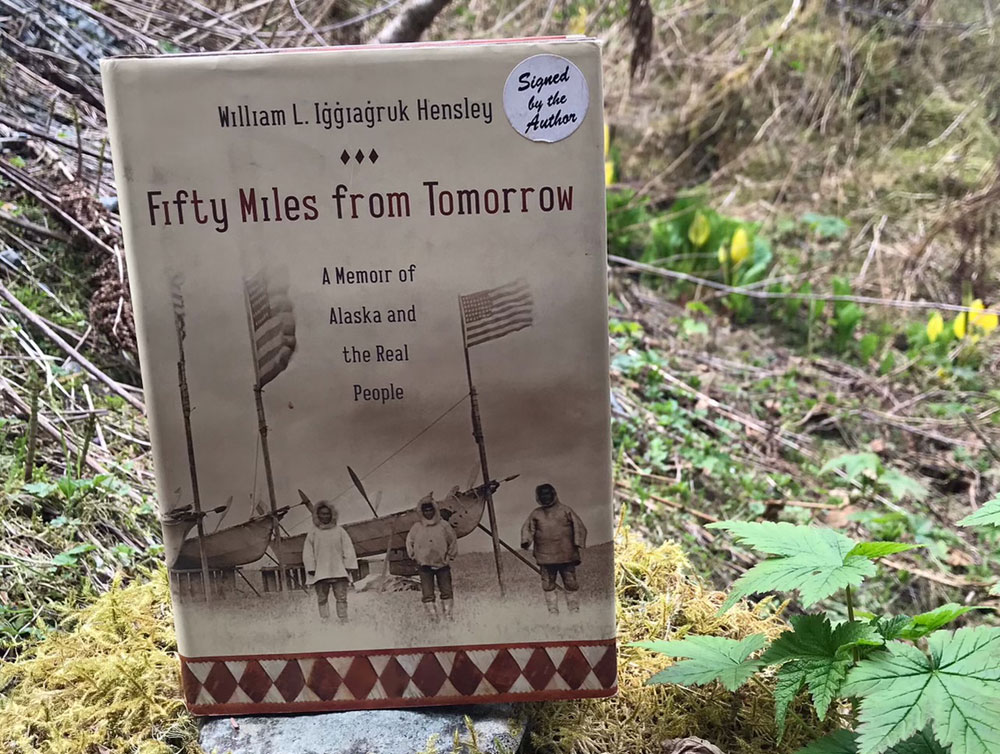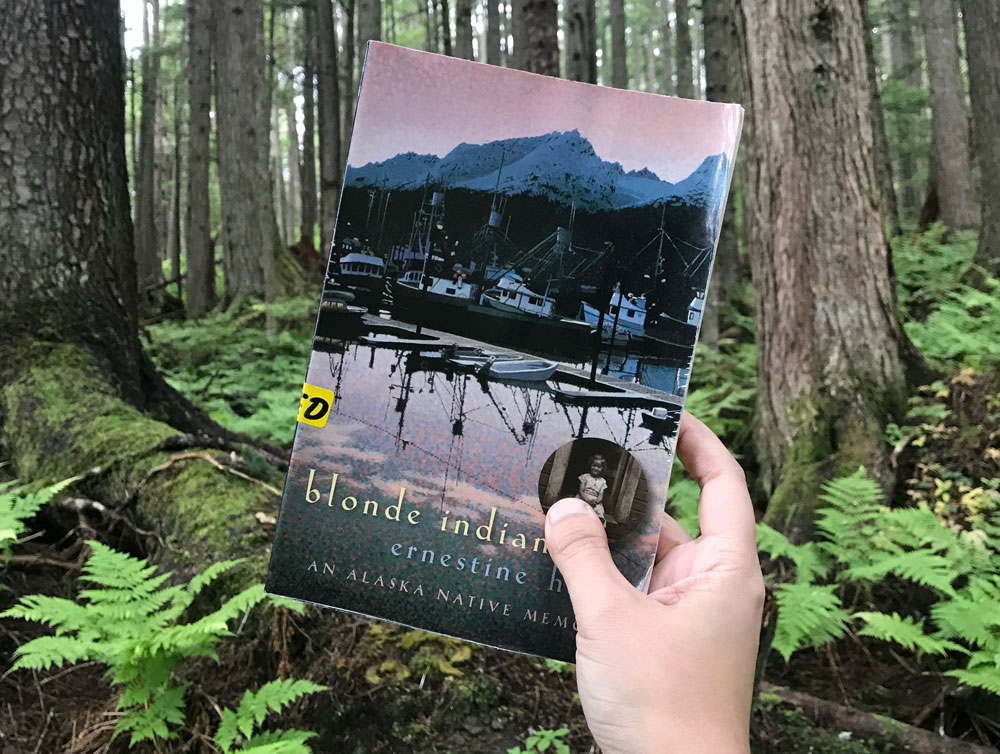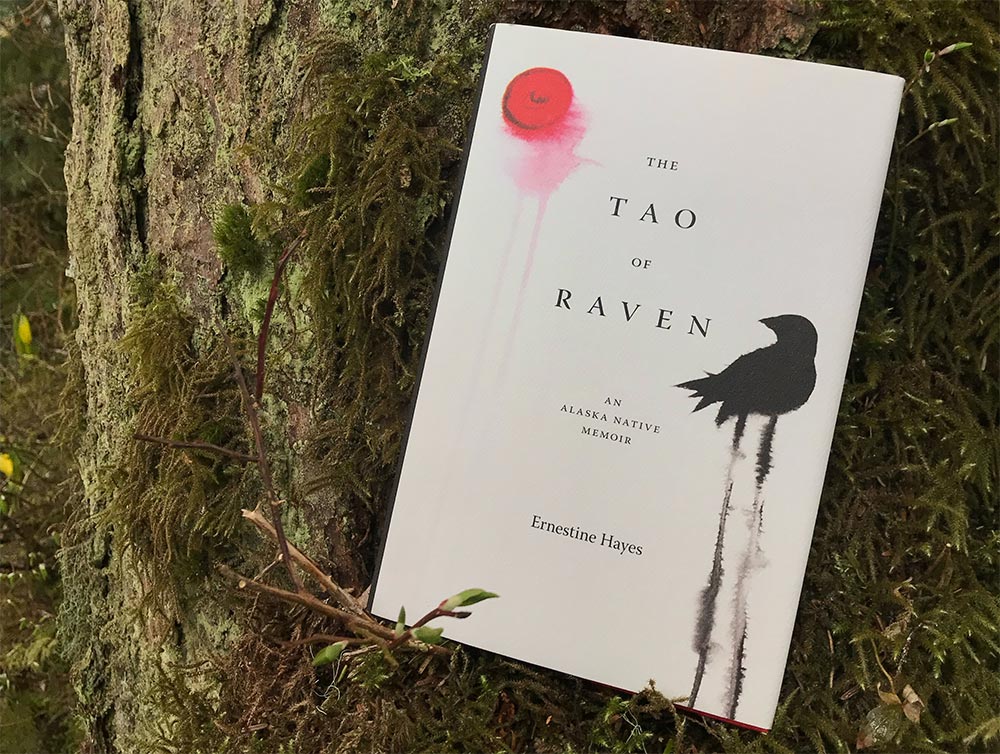Reads and Reviews

50 Miles from Tomorrow
By William L. Iggiagruk
Hensley (Inupiaq)

Blonde Indian
By Ernestine Hayes
(Tlingit)
The story structure was something I really enjoyed, and made so much sense to me. In many reviews, people usually discuss Ernestine’s use of Tom’s story as being unusual (depending on the reviewer that can be good, bad, or confusing). And I will agree that as it doesn’t fit into a Western worldview, it is “unusual.” However, I think the story of Tom is very important to Ernestine’s memoir and in telling her story specifically. If that portion of the book was removed we would lose so much information about the environment she grew up in, the intergenerational trauma, how colonization affected Lingít people, and more. Near the end of the book, she talks about how the death of a Lingít person affects the entire clan and not just the immediate family members. This thought process can be extended over the whole book, because even when Ernestine isn’t directly talking about herself, she is still telling her story. It’s the story of her, our people, and our history.
I could go on and on about this book and how much I loved it. I highly recommend it, and recommend going into it with an open mind. It will make you think a lot!

The Tao of Raven
By Ernestine Hayes
(Tlingit)
There are so few fiction books written by Tlingit or Alaska Native authors (that aren’t children or picture books), and especially ones set in the place I live. And although I wouldn’t classify Ernestine’s books as fiction, considering they are memoirs of her life, there are aspects of it that I think read as a fiction novel. And for that I found this reading experience to be really meaningful and resonated with me.
Atlein gunalchéesh to Ernestine for sharing her story with us and all the work she put into them.